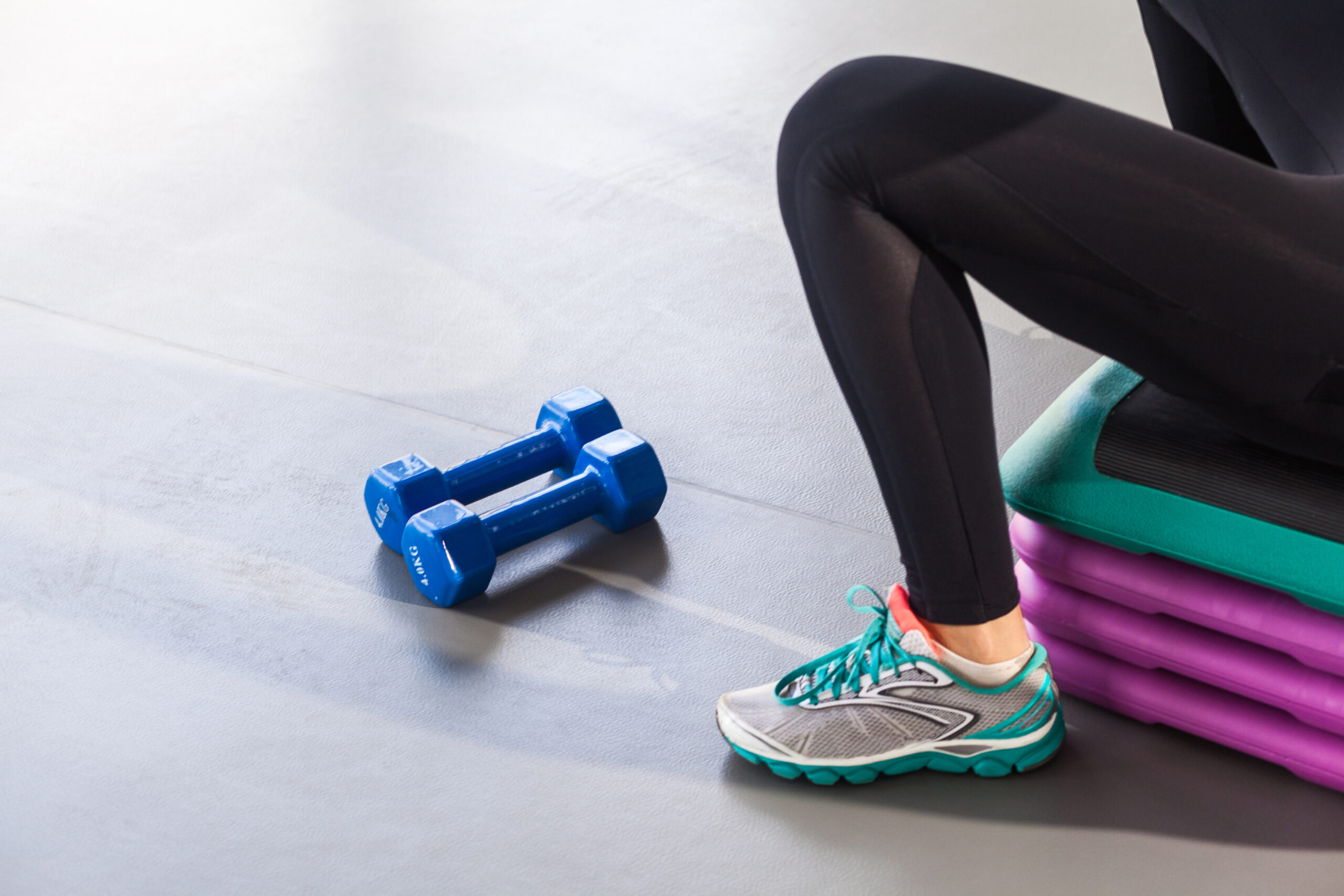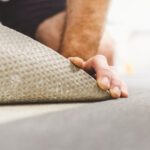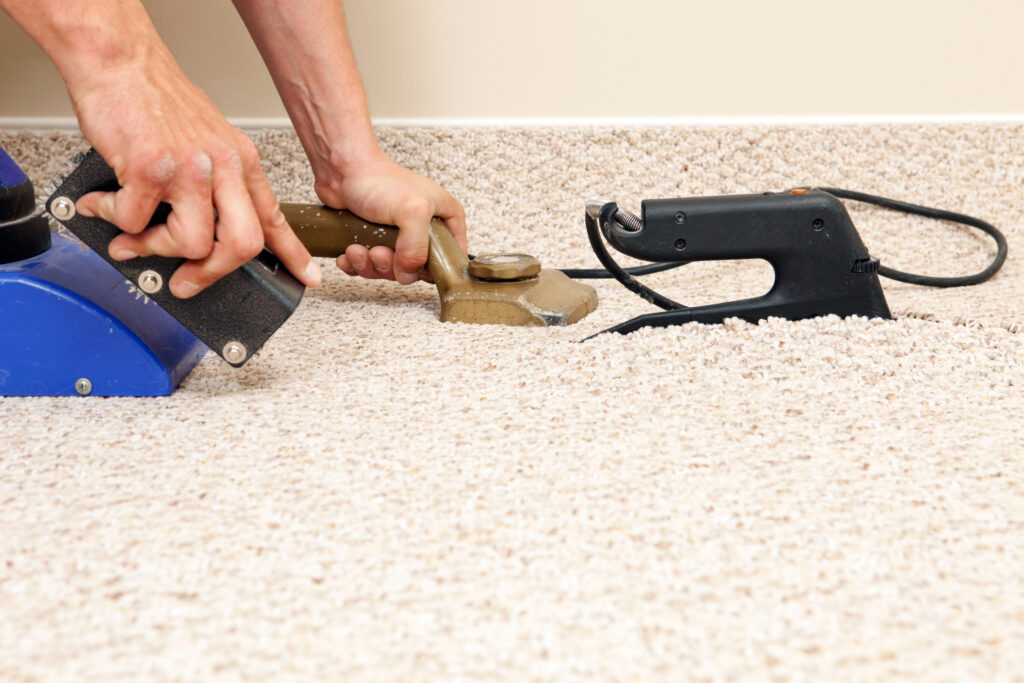
Installing carpet can seem like a challenging task, but with planning and careful measurements as well as the right specialized tools for the job, it is possible to do it yourself. Installing your own carpet can also save you money when compared to hiring professionals or buying new flooring from retail outlets.
This guide will show you how to install carpet, tack strips, and padding. It also explains the best way to lay your carpet so that it won’t bubble or loosen over time.

When installing a new carpet, you should start by taking accurate measurements of the room. Measure both its length and width, then multiply these measurements together to find the square footage.
One square yard is equal to 9 square feet. To convert from one to the other, divide the number of square feet by 9: 90/9 = 10 yards.
If your room isn’t a perfect rectangle, measure its square footage in sections. Then add them together to find the total square footage.
Once you have measured your room, order the carpet. Order 10 to 20 percent more than is required so that there will be plenty of extra for mistakes or cutting off walls. You’ll also need tools and supplies such as tack strips, adhesives, and edging to complete your carpet installation project.
Before installing carpet, it’s important to prepare the subfloor :
Once the subfloor is good to go, go ahead and install the carpet tack strips:
Pro tip : Tack strips are also known as tackless strips because they eliminate the need to use individual carpet tacks to secure the carpeting onto the floor.
Carpet underlay reduces sound, provides insulation, prolongs carpet lifespan, and enhances comfort when walking. It is essential to install new carpet underlay whenever installing a new carpet.
Both carpet and carpet underlay are available in fixed widths. Depending on the size of the room, multiple pieces of underlay or carpet may need to be laid. The meeting points of these pieces are known as seams.
Getting the right measurements for your space is super important when you’re doing a DIY carpet installation.
Once the carpet is properly attached along the first wall, it’s time to trim the excess from the edge using a wall carpet trimmer. Here’s how:
To finish your carpet place a carpet transition strip at thresholds where the carpet meets another type of flooring. These strips ensure a smooth and seamless transition between different floor surfaces. If you’re dealing with uneven floors, use carpet edging to connect them smoothly.

Remember, although installing carpet can be labor-intensive, it’s a straightforward process. As you gain experience and learn the nuances of carpet installation, it becomes easier over time. The result is a room with a transformed look and enhanced comfort.
By considering these final steps and exploring the available resources, you’ll be well-equipped to complete your carpet installation project successfully.